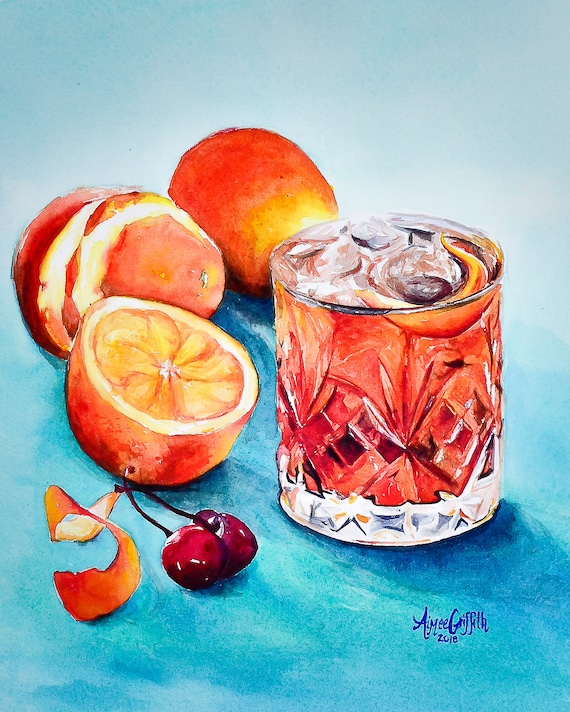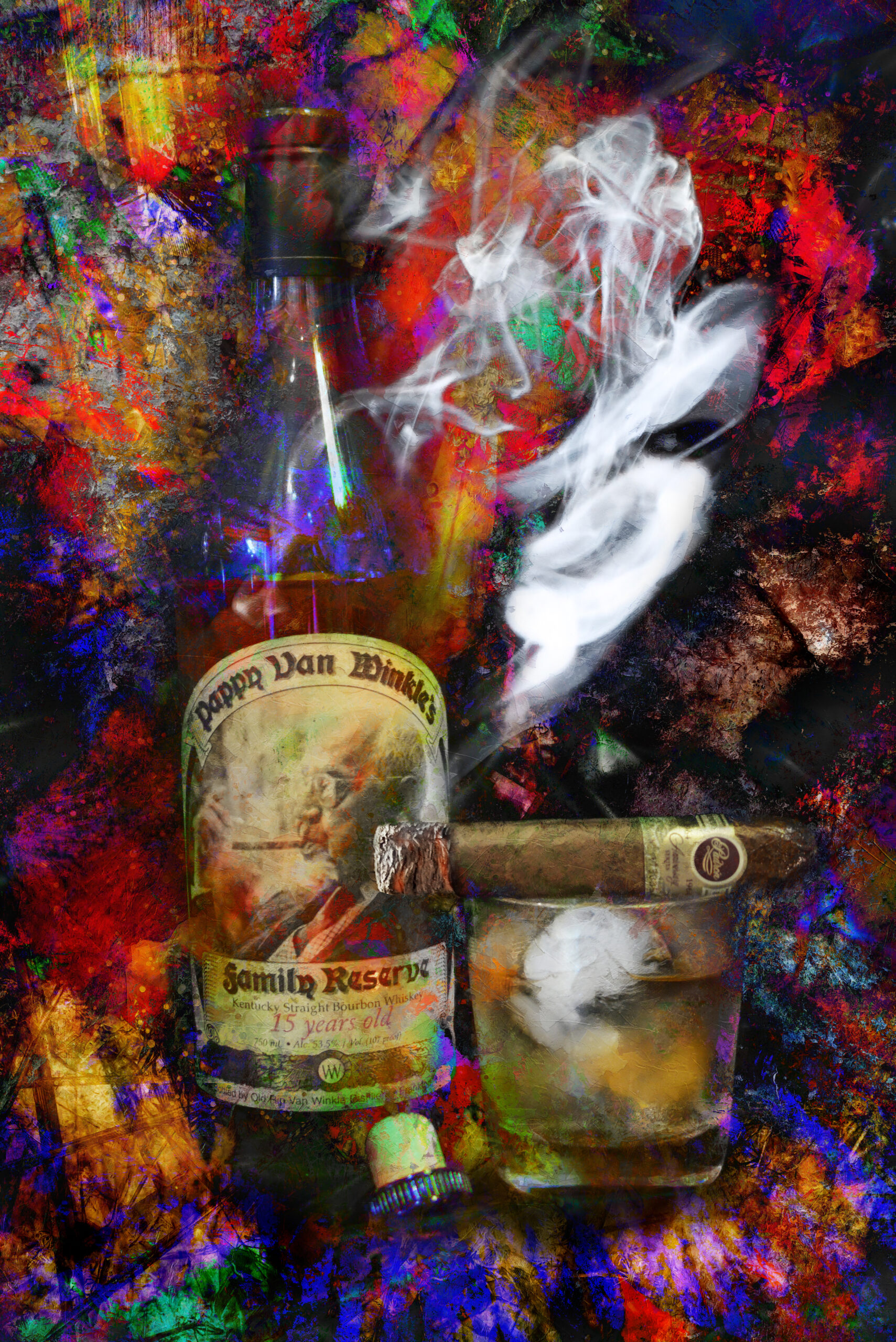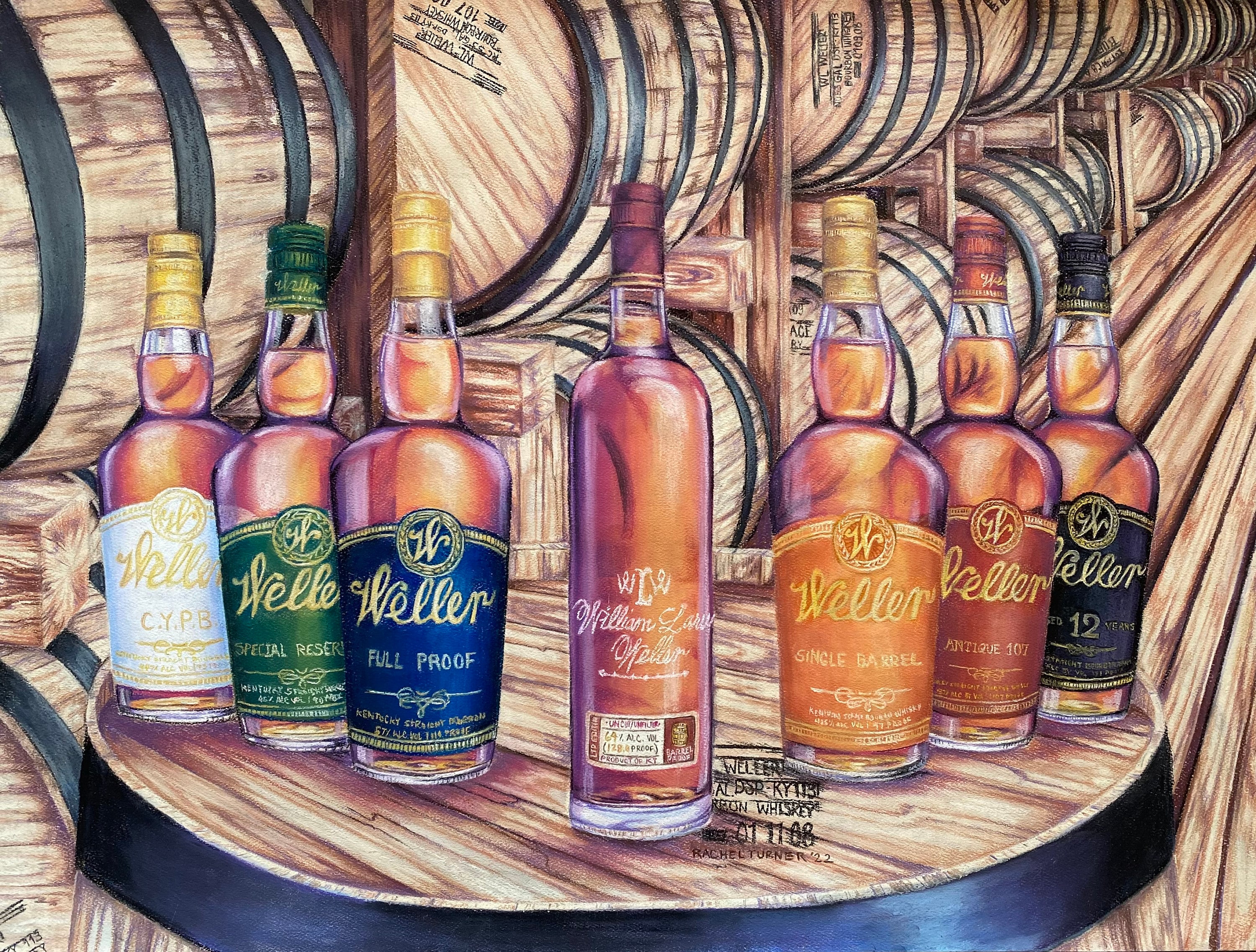Discover the World of Bourbon Art: A Journey Through Culture and Craftsmanship
Wiki Article
The Relevance of Whiskey Art in Celebrating Heritage and Workmanship in the Beverage Industry
The elaborate connection between whiskey art and the party of heritage and workmanship within the drink market can not be overstated. Through attentively designed labels and bottles, scotch brands envelop their historic roots and the artisanal skills that specify their manufacturing approaches. This creative dimension not just boosts market charm but also functions as a channel for social storytelling, promoting a deeper link in between the craft and the customer. As we check out the various elements of this subject, appealing concerns about the influence of contemporary trends on typical methods arise, motivating further assessment.The Historic Roots of Whiskey
At the heart of whiskey's appeal exists an abundant tapestry of historical roots that map back to old people. The beginnings of scotch can be connected to the distillation methods of the Sumerians and Babylonians around 2000 BCE, where very early types of fermented grain beverages began to arise. However, it remained in the Center Ages that the art of distillation progressed considerably, specifically in Ireland and Scotland, causing the creation of whiskey as we understand it today.
The term "whiskey" itself stems from the Gaelic word "uisce beatha," suggesting "water of life." This phrase underscores the cultural relevance of bourbon in Celtic cultures, where it was frequently related to routines, events, and public bonding. By the 15th century, purification came to be a recognized craft within monastic communities, leading the way for the establishment of legal distilleries.
As trade paths expanded, scotch's popularity grew, going beyond regional boundaries and capturing the rate of interest of lovers worldwide. Bourbon Art. This historical journey reflects not only the craftsmanship behind scotch manufacturing yet likewise its indispensable role in cultural and social contexts, marking it as a substantial beverage throughout history
Artistic Expression in Branding
Whiskey branding stands as an engaging junction of virtuosity and business, where aesthetic identity plays a vital function fit customer assumption. The visual appeals of whiskey tags, packaging, and advertising and marketing materials show not only the brand name's tale yet additionally its core values and heritage. With creative expression, distilleries share a narrative that resonates with consumers, evoking emotions and stimulating links.Making use of color, typography, and imagery in branding serves to separate items in a saturated market. As an example, standard themes may stimulate a feeling of authenticity and craftsmanship, while contemporary layouts can symbolize technology and forward-thinking. This strategic creative direction enhances brand acknowledgment and loyalty, enabling consumers to create a personal relationship with the scotch they choose.
Moreover, artistic expression in branding typically acts as a party of regional heritage. Distilleries regularly incorporate neighborhood signs or historic recommendations into their styles, developing a local color that invites customers to take part in a more comprehensive cultural experience. Eventually, the virtuosity behind scotch branding not only enhances visual appeal however likewise enriches the general story of the brand name, fostering a much deeper gratitude for the craftsmanship and heritage embedded in each bottle.
Workmanship in Bottle Style
The artistry apparent in scotch branding extends past aesthetic identity to incorporate the craftsmanship included in bottle style. Each container offers as a vessel not just for the spirit within, however also for the tale it outlines its origin, quality, and tradition. The design process calls for careful interest to detail, as aspects such as shape, closure, and product contribute considerably to the total understanding of the whiskey.Craftsmanship in bottle design entails choosing top quality glass that can improve the bourbon's color and clarity, while also providing a tactile experience for the customer. The silhouette of the bottle have to be both cosmetically appealing and functional, typically mirroring the heritage of the brand name. Lots of distilleries select unique shapes or embossed logo designs that evoke a sense of credibility and background.
Furthermore, the label style and typography play a crucial duty in communicating the brand's story. Whiskey Art. A well-crafted container not only astounds the consumer's eye however likewise reinforces the brand's commitment to top quality and practice. By doing this, the craftsmanship of container layout comes to be an essential element of the bourbon experience, combining creativity with an extensive respect for heritage
Cultural Significance of Whiskey Art
Commemorating custom and craftsmanship, the social value of scotch art goes beyond mere looks, linking with the social and historic stories of the regions where it stems. Each container works as a canvas, showing the distinct tales, folklore, and practices that have formed regional whiskey-making techniques. The elaborate styles often mirror the heritage of the distillers, integrating symbols and themes that reverberate with the culture and worths of their communities.
Furthermore, bourbon art plays an important duty in communal gatherings and parties, serving as a concrete web link between individuals official statement and their shared next page experiences. By valuing the artistry in scotch product packaging, consumers cultivate a much deeper understanding and respect for the craft, ultimately improving their pleasure of the beverage itself.
Modern Trends in Whiskey Discussion
In recent times, the presentation of scotch has actually advanced to reflect modern tastes and patterns while still recognizing traditional craftsmanship - Limited Edition. Distilleries are increasingly focusing on aesthetic aspects that boost the overall drinking experience, bridging the space in between heritage and modernityCutting-edge container designs have emerged, commonly including lasting products and artistic labels that tell engaging stories. Several brand names currently collaborate with local artists, infusing their products with distinct visual expressions that resonate with consumers. In addition, limited-edition launches are often packaged in collectible containers, adding worth and allure for aficionados.

Conclusion
In final Resources thought, bourbon art works as an important conduit for revealing the heritage and workmanship integral in the drink industry. Through elaborate branding, ingenious container layouts, and culturally substantial imaginative elements, whiskey brands successfully recognize their practices and get in touch with customers. This artistic story not just elevates the appreciation of whiskey but also reinforces community identity and pride among producers. Eventually, whiskey art plays a necessary function in preserving and commemorating the rich cultural tapestry of whiskey-making.

Workmanship in bottle style involves choosing high-grade glass that can improve the bourbon's shade and clearness, while also providing a responsive experience for the consumer. In this means, the craftsmanship of container design ends up being a crucial aspect of the bourbon experience, merging artistry with an extensive respect for heritage.
In verdict, scotch art offers as a crucial conduit for sharing the heritage and workmanship intrinsic in the beverage sector.
Report this wiki page